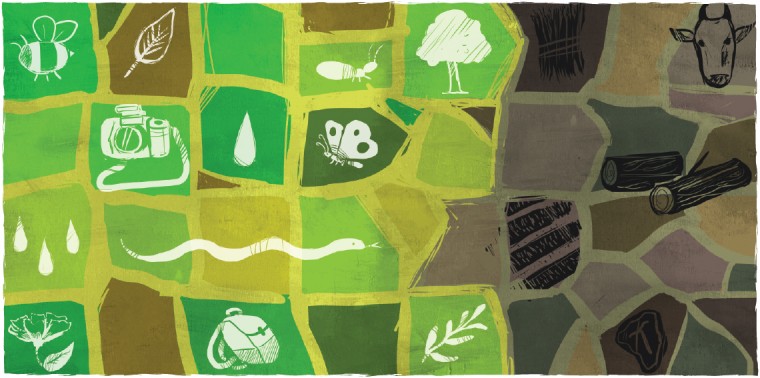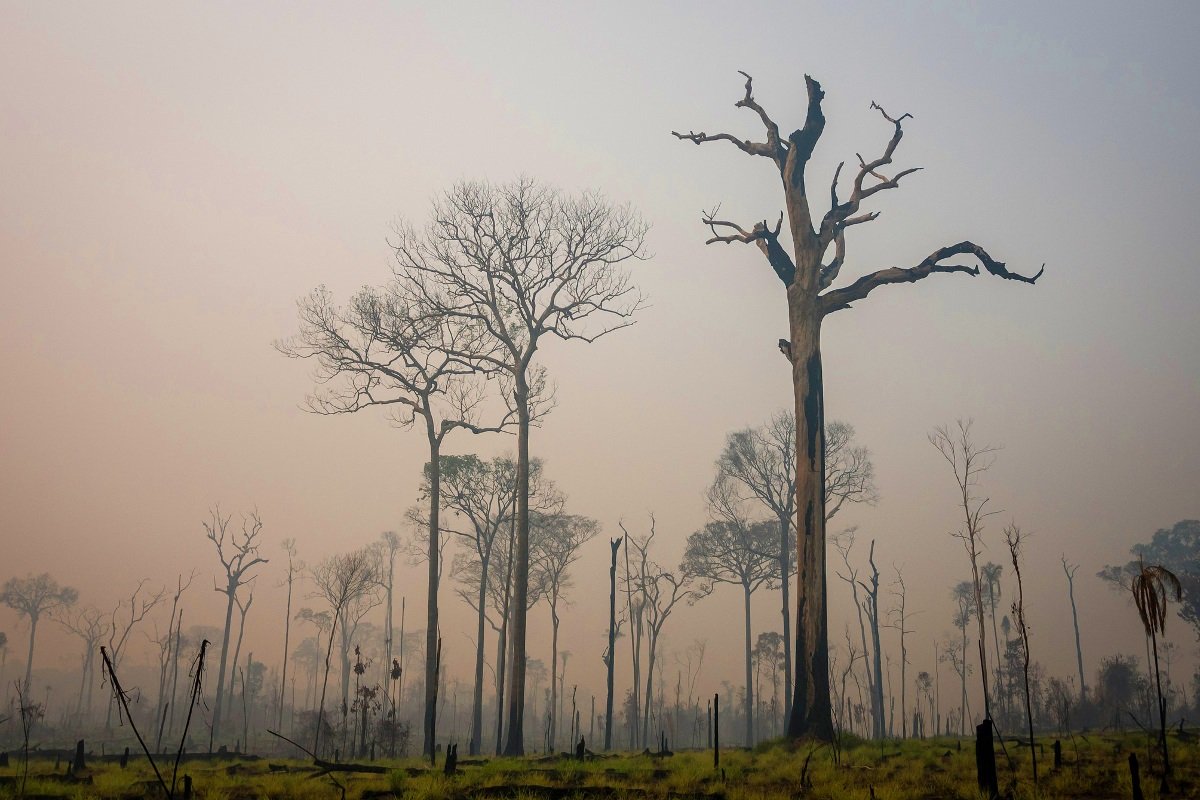YES, zero deforestation is possible for the Brazilian Amazon, just if we make sure economic growth, social justice and agriculture are part of the picture.
From 2005 to 2014, the rate of deforestation in the Amazon rainforest went from 19,014 square kilometers (7,342 square miles) to 5,012 square kilometers (1,935 square miles): a reduction of about 70 percent. Impressive, to be sure, but the rate still remains high. Additionally, when the effects from deforestation are combined with changes in climate, the near-term trend is still severe degradation of the Amazon. It is urgent that the deforestation still happening in the region stop completely to interrupt this process of biological impoverishment.
Zero deforestation is vital to maintain the environmental services the Amazon provides: water provision, climate regulation, carbon storage, pollination, biodiversity, natural pest control, scenic beauty, tourism and more. For example, the Amazon forest has an important function in maintaining rainfall beyond the borders of the Amazon region. The water vapor that comes out from the Atlantic Ocean is recycled through the woods and is responsible for the rainfall beyond the Amazon basin. And the forest acts as a large air conditioner for the region, playing an important role in maintaining cool temperatures across the landscape.
The Brazilian government recently submitted to the COP 21 international climate negotiations its intention to reduce national greenhouse gas emissions 37 percent by 2025 and 43 percent by 2030. The main actions proposed to accomplish this include reducing illegal deforestation to zero by 2030, restoring 12 million hectares (30 million acres) of forest and recuperating 15 million hectares (37 million acres) of degraded pastures.
What would be needed to bring deforestation to zero before 2025? The Brazilian government must deal with historical threats pushing deforestation in the region.
While these actions are necessary, the proposed deadlines are not adequate. Severe droughts over the past 10 years have already caused many changes in the Amazon, such as tree mortalities, changes in rain patterns and soil erosion. We simply cannot wait until 2025 to stop deforestation — legal or illegal.
What would be needed to bring deforestation to zero before 2025? The Brazilian government must deal with historical threats pushing deforestation in the region. Brazil’s Growth Acceleration Program — a plan for infrastructure expansion — and growing national and international demands for beef and grains continue to be key threats to the gains made by Brazil against deforestation in the Amazon.
To overcome these threats, Brazil must first of all impose robust environmental protocols on any infrastructure investments. Second, mechanisms promoting the participation of civil society in the decisions regarding infrastructure projects must be improved — including respecting the history and preserving the culture of the more than 450,000 indigenous people in the Brazilian Amazon. Third, the 80 million hectares (200 million acres) of undesignated lands in the Amazon must be defined as conservation areas.
Zero deforestation before 2025 is possible, and we know what it will take to achieve it.
Yet, none of these protocols has been adopted by the Brazilian government, and participation in mitigating the impacts of infrastructure projects is still limited.
One strategy that is being implemented is the application of a legal instrument already in existence known as the Rural Environmental Registry — CAR — a system of registration for rural properties that shows ownership and defines boundaries. This system allows for the monitoring of rural property in the Amazon and is an important tool to prevent illegal deforestation.
But to truly protect the Amazon and the services it provides, CAR will not be enough; nor will the Brazilian government’s goal presented at COP 21. Zero deforestation before 2025 is possible, and we know what it will take to achieve it. The Brazilian government must set more ambitious goals, but more importantly, it must move to a new paradigm — one where economic growth, social justice and agriculture are not considered separate from the maintenance of the forest and the ecological services it provides.
– This report was originally published in Ensia and is republished by an agreement to share content.





